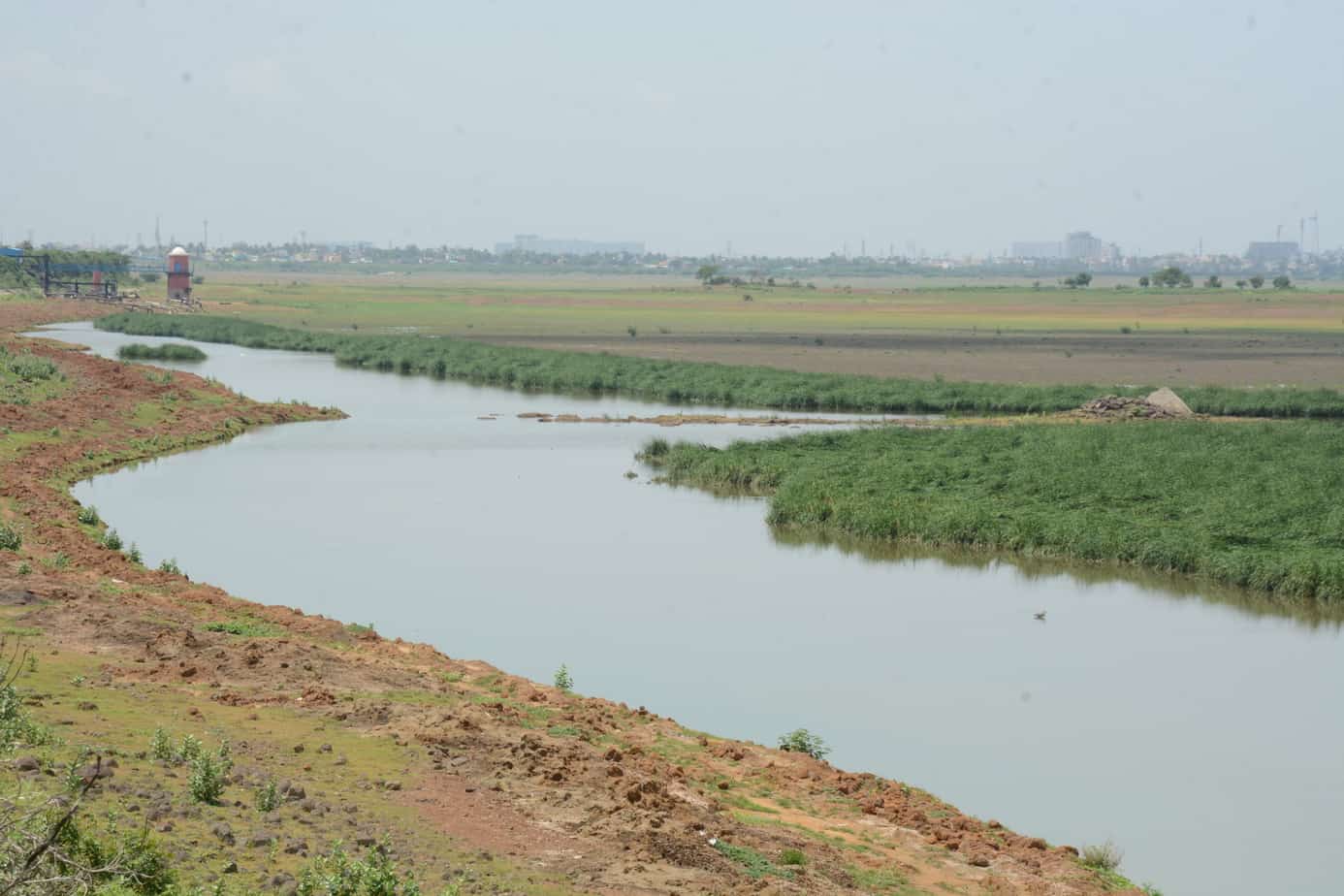Temperatures on the rise due to urban sprawl
The urban and peri-urban parts of Chennai Metropolitan Area are affected by rise in temperatures and increasingly experiencing heat island effects as a result of urban sprawl. The built-up area in the CMA stands at 48.7%, according to a case study by the Centre for Water Resources, Anna University.
The vegetation cover has shrunk to only 6.7% of the area under study and stands at 7,288 hectares as of 2017. The reduction of vegetation cover is evident as the same stood at 14.9% in 1988. Water bodies have also shrunk to cover only 4.6% of the total area in 2017, down from 6.7% in 1988. Rapid urbanisation has seen an increase in built-up area from 17.7% in 1988 to 48.7% in 2017.
The loss of water bodies and vegetation has resulted in an increase in Land Surface Temperature of above 34 degrees in 3.21% of the total area. The ideal level of Land Surface Temperature to be sustained should be below 30 degrees.
Source: The Hindu
Read more: Understanding Chennai summers: Where did the sea breeze go?
Number of rowdies up
The total number of persons classified as ‘rowdies’ by the police has seen a marginal increase in the city. The number has risen from 3674 last year to 3711 as of March. Of this, those deemed to be in the A+ category, which includes “most notorious anti-social elements”, has also increased from 69 to 92.
The definition of rowdies includes persons who have committed serious offences such as murder, assault, abduction and disturbance of law and order. The nature of the offences is used to further categorise them into A+, A, B and C categories.
The exercise to classify rowdy elements has been undertaken by the Greater Chennai Police as part of a wider effort to improve surveillance and prevent crime. Upgrading, downgrading and increase in number of rowdies is part of the reclassification exercise that aims to provide continuity in the maintenance of records.
A drive against crime in the city has seen the arrest of around 130 rowdy elements, including 25 belonging to the A+ category, in the past six months.
Source: The Hindu
Need for more reservoirs in the city
As the population of Chennai grows, the city will need more reservoirs to cater to the water demands of the residents. An official at the Water Resources Department opined that the city will need a further four or five small reservoirs in order to improve its water holding capacity.

The current reservoirs at Red Hills, Poondi, Chembarambakkam, Cholavaram, Veeranam and Thervoy Kandigai can hold up to a total of 13.213 tmcft while the total demand currently stands at 18 tmcft. A proposal is also in place to improve the storage capacity of existing reservoirs such as the Poondi reservoir along with creation of additional storage facilities.
An inspection is being carried out by the department to this end and a detailed project report is set to be submitted to the state government for consideration. The long term view on increasing storage capacity takes into account the rise in population as well as completion of projects such as the Krishna-Godavari river linking project that is set to be completed in the next decade.
Source: The New Indian Express
Read more: What do the people of Chennai want from the new government?
Metro pillars made attractive
The metro pillars spread across the city are in the process of getting a makeover. Fresh artwork has been commissioned on the metro pillars part of the elevated corridor in Guindy. Around 99 metro pillars from the Ekattuthangal to Little Mount section will see catchy artwork painted by artists commissioned by the Greater Chennai Corporation (GCC).
The painting is being undertaken as part of the newly launched Namakku Naame Thittam. The next section to be taken up would cover the stretch from Airport to Koyambedu. The current project is completely donor-funded. The art work to be painted is approved by the civic body and metro authorities.
Source: The Times of India
[Compiled by Aruna Natarajan]